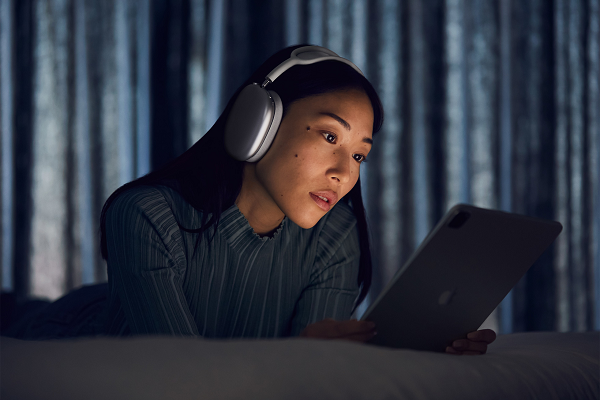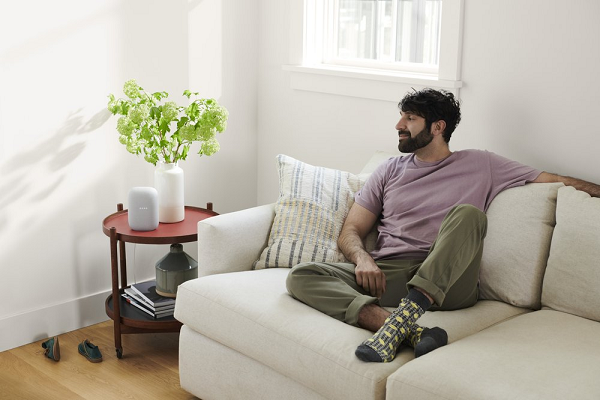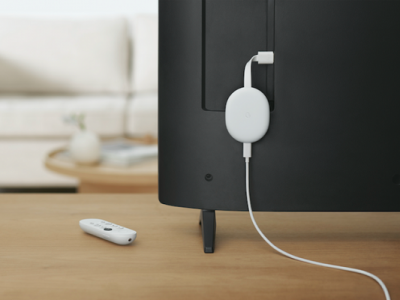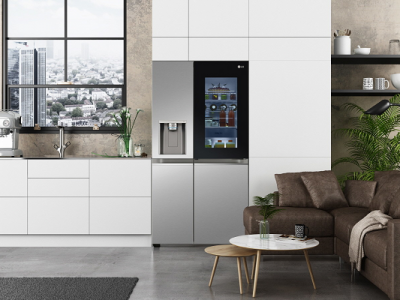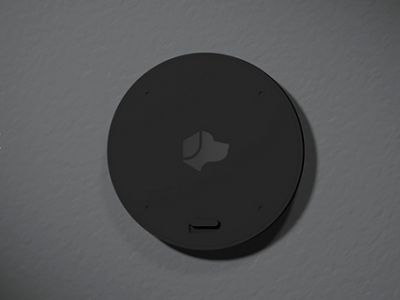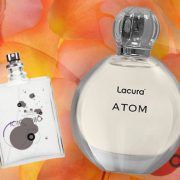

Anker debuted the Soundcore Frames line of swappable style smart glasses this week. The 10 frame varieties available are all interchangeable, using the built-in voice assistant and surround sound traveling within the removable side pieces fitting within the ears.
Smart Styles
The Soundcore Frames are what Anker calls “audio glasses,” area of the audio-only group of smart glasses. The unit has four speakers and 2 microphones embedded in along side it pieces. The speakers are positioned to simulate surround sound, and also the microphones can block out some ambient noise for better-sounding telephone calls when linked to a smartphone by Bluetooth. The smart glasses offer a privacy mode for calls limiting how much could be heard by people nearby and may run for five and a half hours on a full charge, based on Anker.
Notably, the smart glasses come with their own local voice assistant to manage the unit, taking out the requirement for a smartphone's voice assistant to handle media playback along with other commands. There are also touch-sensitive places close to the temples you can use for silently operating the glasses. Both the voice and touch controls can be customized using Anker's associated mobile app. Wearers may use more than one word or phrase to activate the voice AI and pick what various kinds of touch result in the glasses do. The physical customization from the smart glasses is central to Anker's pitch for that device, however. The ten initial styles offer multiple shapes and lens options based on when the wearer wants sunglasses, blue light filters, or prescription glasses.
“Up till now the emerging audio eyewear space continues to be pretty dull with only limited design choices,” Anker Innovations CEO Steven Yang said in a statement. “With our new Soundcore Frames hopefully to reset things, bringing a more stylish audio listening experience to the market.”
Hearing the Future
Audio-only smart glasses helped resurrect the idea after the failure of Google Glass like a consumer product. An abbreviated listing of Anker's competitors includes Razer's Anzu smart glasses, Huawei's Eyewear II, the Amazon Echo Frames, and the new Ray-Ban Stories constructed with Facebook. Razer's smart glasses can change prescription, clear, or sunglasses lenses, however the rest of the eyewear stays the same. Smart glasses with holographic displays and other visuals seem to be on the rise too. Xiaomi's feature-packed smart glasses arrived on the scene last month, and Google may make another foray within the field after acquiring North, the makers of Focals by North smart glasses last year.
At $200, the Soundcore Frames match Razer's price and therefore are less expensive than the $250 Echo Frames or $300 Ray-Ban Stories. That said, buying additional frames at $50 each would quickly shift Anker's place on the size, otherwise as much as purchasing Echo Frames in regular, polarized, mirrored, and blue light filter varieties. If modular fashion draws consumers to wearable tech, Anker might be setting the trend for future smart glasses.


